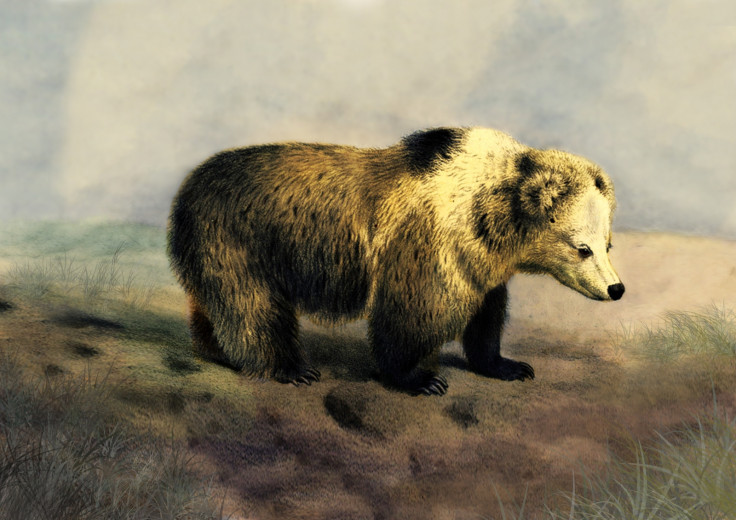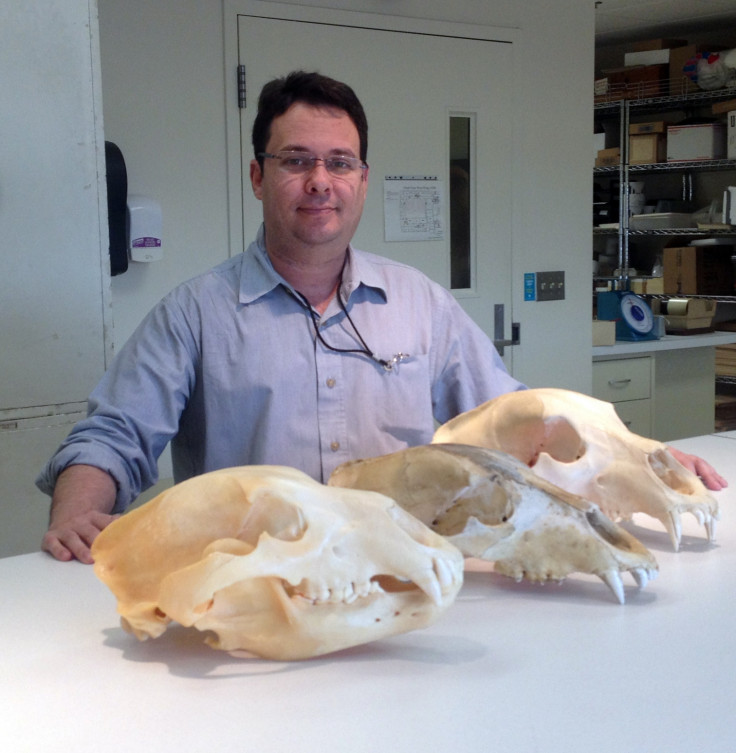Yeti DNA: Bigfoot is not a big angry polar bear and there is no reason to believe it exists

The abominable snowman is not a big angry species of polar bear as researchers have previously claimed, with scientists now refuting 'evidence' released in 2014 through mitochondrial DNA sequencing.
In July 2014, a team led by Bryan C. Sykes published the study Genetic analysis of hair samples attributed to yeti, bigfoot and other anomalous primates in the Proceedings of The Royal Society B. They analysed two hair samples belonging to "anomalous primates" – such as yetis, Bigfoot, etc – and found there was a 100% match with a polar bear fossil dating back over 40,000 years ago. This, they concluded, meant a currently undiscovered type of bear must be living in the Himalayas (where the samples were found) and that they could account for, at least in part, the legend of yeti.
Following its release, other scientists said one of the samples analysed matched a modern-day polar bear from Alaska – not a fossil – adding the genetic material from the other could have been attributed to an unknown species of bear because of degradation. Sykes continued to maintain they had found an unknown species of bear, however.
Now, Venezuelan evolutionary biologist Eliécer E. Gutiérrez, currently a postdoctoral fellow at the Smithsonian Institution, has refuted Sykes' claims, saying mitochondrial DNA sequencing has shown genetic variation in brown bears makes it impossible to assign the samples to the modern samples or extinct species.
Publishing their findings in the journal ZooKeys, authors say that because of genetic overlap, there is no reason to believe the samples came from anything other than normal Himalayan brown bears.

Gutiérrez told IBTimes UK that they were not surprised at the findings: "We [scientists] are not exempt from of making mistakes, and erroneous taxonomic identifications or unjustified statements - like that by Sykes and collaborators - occur frequently in science. However, the scientific community constantly works to detect and correct these problems. This is one of the great things about science."
In the latest study, researchers found that six present-day species of bear – including the polar bear and brown bear – could be related. However, their findings also provided some unexpected results. One sequence from an Asian black bear from Japan showed it was not closely related to mainland members of this species – showing a large evolutionary distance between the two groups.
"The currently accepted classification of Asian Black Bear (Ursus thibetanus) contains multiple subspecies (races to which a scientific names are applied to); however, because they are considered members of the same species, all of them are expected to have shared their most recent common ancestor.
"However, our study shows that a subspecies that is only found in Japan, Ursus thibetanus japonicus, might have not shared a most recent common ancestor with the other subspecies. A future study using sequences of more genes and more samples should evaluate whether the subspecies in Japan is differentiated enough with respect to the subspecies on the mainland to be considered a different species."

Returning to the possible existence of Yeti, Gutiérrez said he has no reason to believe the abominable snowman is out there somewhere. While new mammals are discovered every year, there has been no evidence for the existence of a primate corresponding to the Yeti.
"Many people have a fascination for legends like that of the Yeti, and this situation sometimes leads them to believe in the possibility of the existence of such an animal. Fortunately, the scientific community only accepts claims that are based on verifiable evidence, which is evaluated by peers.
"This procedure makes it unlikely that studies published in serious, recognised scientific journals would reach wrong conclusions just because of the desire of part of the public to demonstrate the existence of the Yeti."
He said that although it is theoretically possible a creature could be living undiscovered in remote parts of the Himalayas, there is no reason to believe in Yeti legends: "In this case, Hitchens's razor apply perfectly, 'What can be asserted without evidence can be dismissed without evidence'."
© Copyright IBTimes 2025. All rights reserved.





















